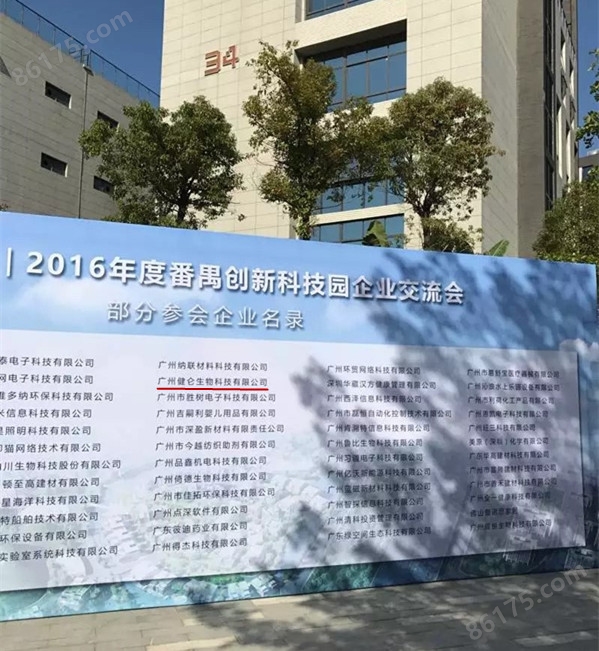請輸入產品關鍵字:
郵編:510660
聯系人:楊永漢
電話:86-020-82574011
傳真:86-020-32206070
手機:13802525278
留言:發送留言
個性化:www.jianlun45.com
網址:www.jianlun.com
商鋪:http://www.zjmenchuan.com/st199246/
【產品簡介】
【詳細說明】
土拉弗朗西斯菌IgG免疫熒光試劑盒
Francisella tularensis IgG IFA Kit
廣州健侖生物科技有限公司
主要用途:用于檢測人血清中的土拉弗朗西斯菌 IgG 抗體
產品規格:12 孔/張,10 張/盒
包括包柔氏螺旋體菌、布魯氏菌、貝納特氏立克次體、土倫桿菌、鉤端螺旋體、新型立克次體、恙蟲病、立克次體、果氏巴貝西蟲、馬焦蟲、牛焦蟲、利什曼蟲、新包蟲、弓形蟲、貓流感病毒、貓冠狀病毒、貓皰疹病毒、犬瘟病毒、犬細小病毒等病原微生物的 IFA、MIF、ELISA試劑。
土拉弗朗西斯菌IgG免疫熒光試劑盒

我司還提供其它進口或國產試劑盒:登革熱、瘧疾、西尼羅河、立克次體、無形體、蜱蟲、恙蟲、利什曼原蟲、RK39、漢坦病毒、深林腦炎、流感、A鏈球菌、合胞病毒、腮病毒、乙腦、寨卡、黃熱病、基孔肯雅熱、克錐蟲病、違禁品濫用、肺炎球菌、軍團菌、化妝品檢測、食品安全檢測等試劑盒以及日本生研細菌分型診斷血清、德國SiFin診斷血清、丹麥SSI診斷血清等產品。
歡迎咨詢
歡迎咨詢2042552662
二維碼掃一掃
【公司名稱】 廣州健侖生物科技有限公司
【】 楊永漢
【】
【騰訊 】 2042552662
【公司地址】 廣州清華科技園創新基地番禺石樓鎮創啟路63號二期2幢101-3室
【企業文化】


通過這項研究,莫納證明,可以對單個分子的熒光進行光學控制。而這解決了埃里克·貝齊格1995年構想出來的一個問題。
埃里克·貝齊格:通過疊加圖像超越阿貝衍射極限
就像斯特凡·黑爾一樣,埃里克·貝齊格也一心想要找到繞過阿貝衍射極限的方法。在20世紀90年代初,他在貝爾實驗室里,致力于研究一種被稱為近場顯微鏡的新型光學顯微鏡。這種顯微鏡可以規避阿貝衍射極限,但也有很多重大缺陷,比如很難看到細胞表面下的結構。他zui終放棄了這個研究方向,轉而設想,能否利用不同顏色的熒光分子來避開衍射極限?
2005年的一次實驗過程,令貝齊格回想起莫爾納爾的研究,當下茅塞頓開。他意識到,根本不需要不同顏色的熒光分子,通過“開關”控制,這些分子就可以在不同的時間里發出不同熒光。
僅僅過了一年,貝齊格成功了。他的研究團隊將熒光蛋白與包裹溶酶體的膜耦合,并用微弱的光脈沖激活熒光蛋白,使其中的少量蛋白發光。由于數量少,幾乎所有蛋白之間的距離都超過了阿貝衍射極限的0.2微米。每個熒光蛋白的位置都可以在顯微鏡下精確地記錄下來。待熒光黯淡之后,研究人員又用光脈沖激活另一小群蛋白,如此反復。當貝齊格將所有圖像疊加在一起,他得到了具有超高分辨率的溶酶體膜圖像。
Through this study, Mona demonstrated that the fluorescence of a single molecule can be optically controlled. This solved a problem that Eric Bezig envisioned in 1995.
Eric Bezig: Beyond the Abbe diffraction limit by superimposing images
Like Stefan Hale, Eric Bezig wants to find ways to get around Abbe's diffraction limit. In the early 1990s, at Bell Labs, he worked on a new type of optical microscope called near-field microscopy. This microscope can avoid Abbe diffraction limit, but there are many major shortcomings, such as the hard to see the cell surface structure. He finally gave up the research direction, instead envisaged that can use different color fluorescent molecules to avoid the diffraction limit?
An experiment in 2005 made Bezig recalling Mornar's study and immediay opened the door. He realized that there was no need for fluorescent molecules of different colors, and that these molecules could fluoresce differently at different times, controlled by a "switch."
Only a year later, Bezig succeeded. His team coupled fluorescent proteins to the lysosome-encapsulating membrane and activated them with a faint pulse of light that shines off a small amount of the protein. Due to the small number, almost all of the proteins are more than 0.2 microns beyond the Abbe diffraction limit. The location of each fluorescent protein can be accuray recorded under the microscope. After the fluorescence bleak, the researchers used light pulses to activate another small group of proteins, which was repeated. When Bezig superimposes all the images together, he gets images of lysosomes with ultra-high resolution.


 QQ交談
QQ交談 MSN交談
MSN交談
